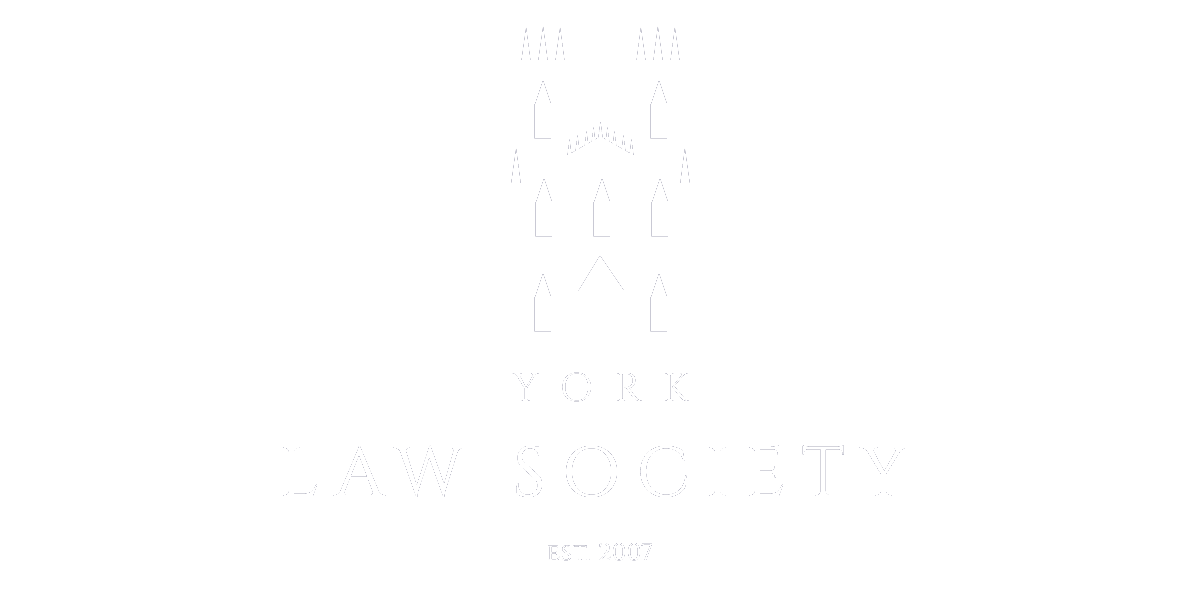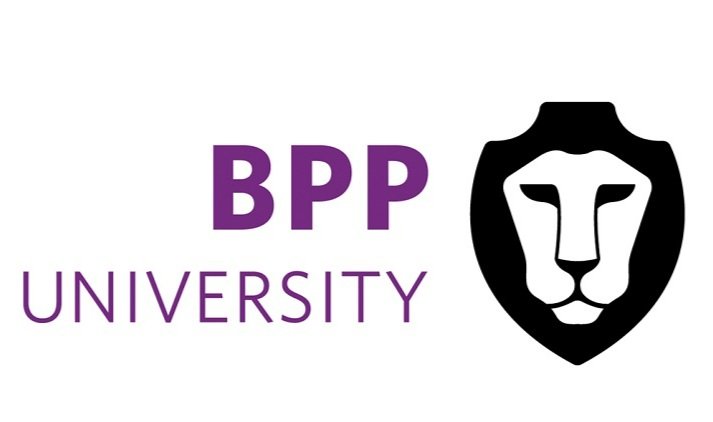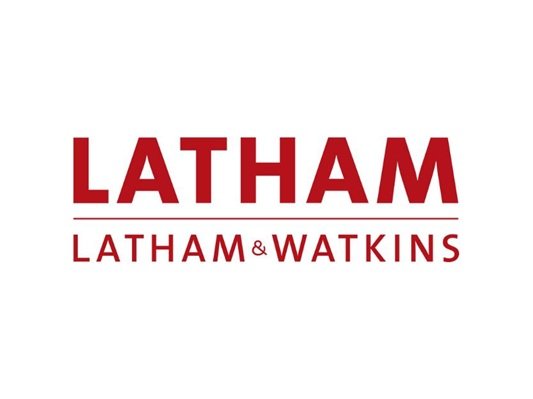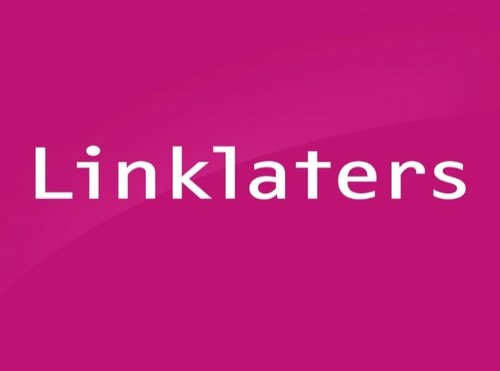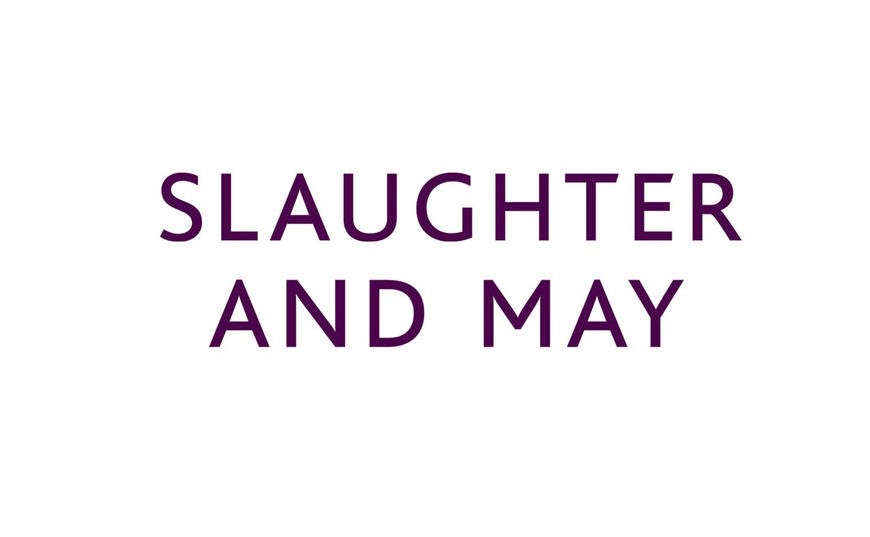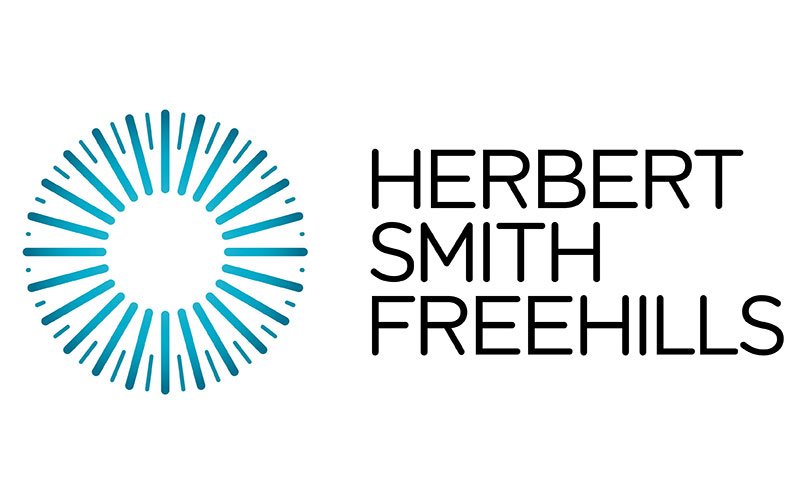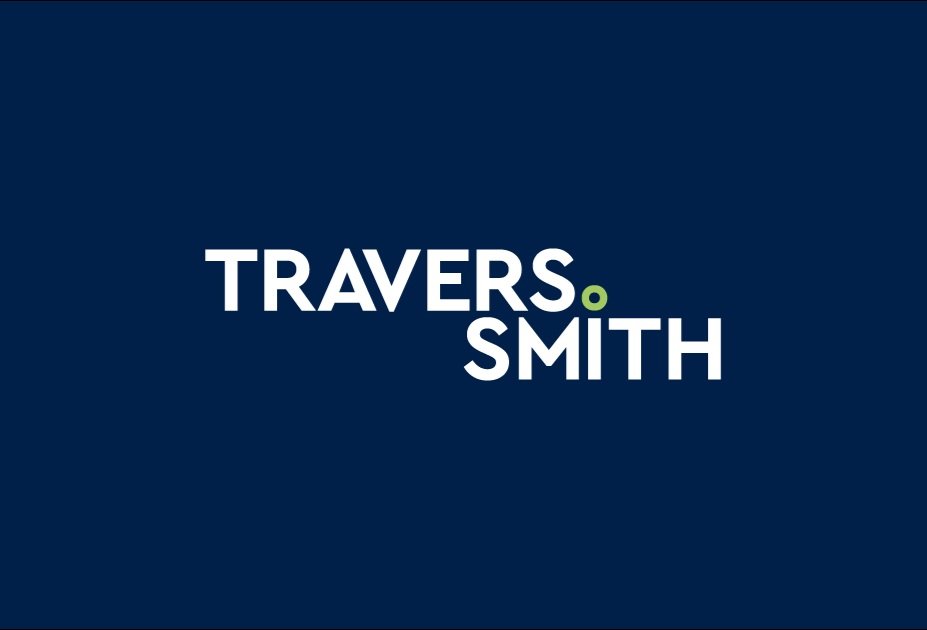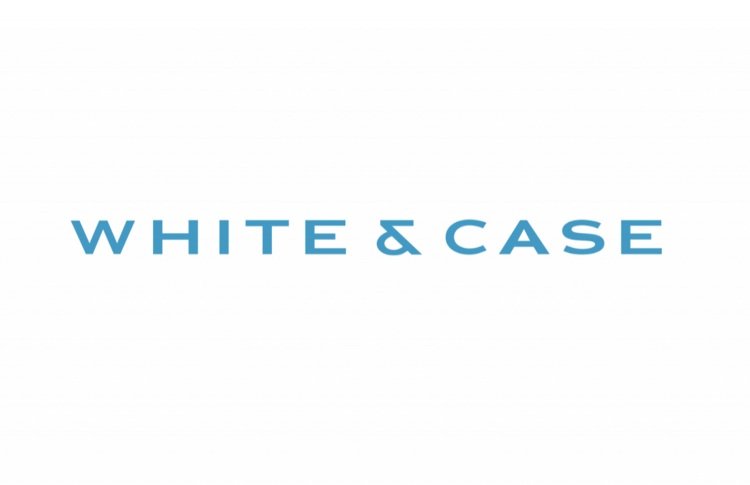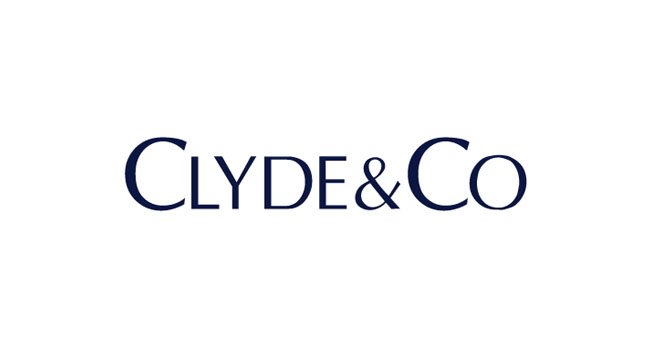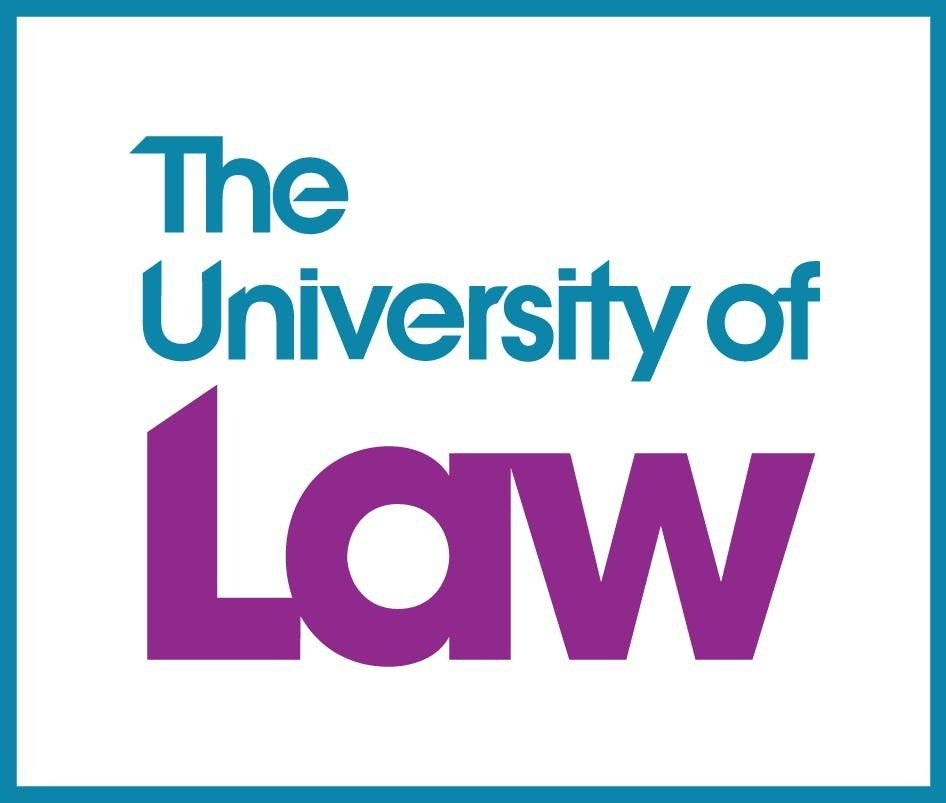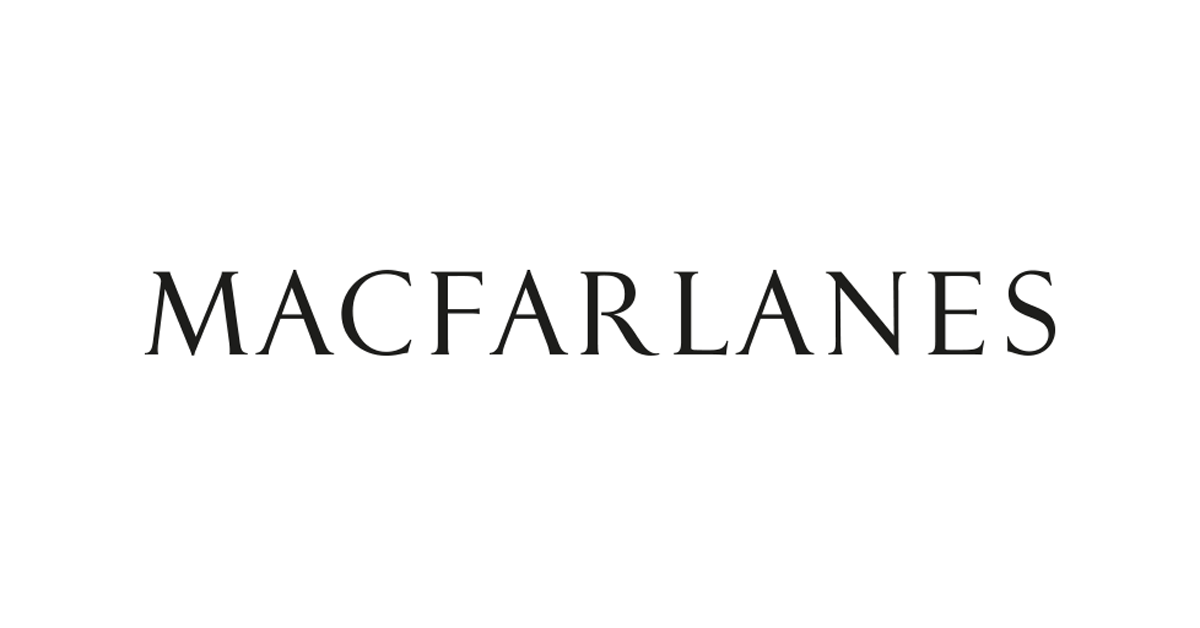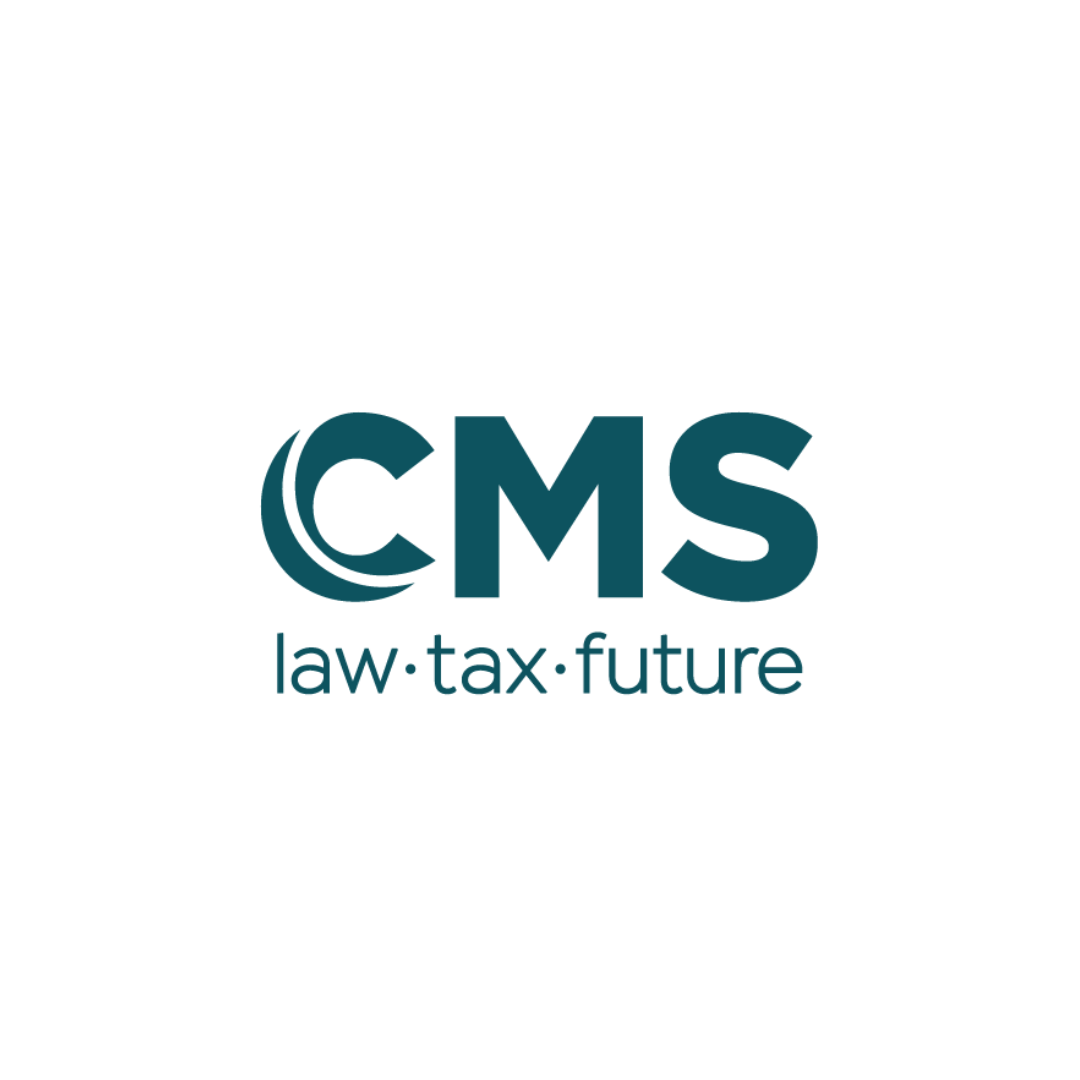Introduction
For technologists and aspiring intellectual property (IP) lawyers alike, the question of IP - specifically copyright - law's application to computer-generated work may be of interest given technological developments. This article will briefly explain the significance of IP law due to its creation of ‘intellectual property rights’ (IPRs). These benefit owners by imposing positive duties on others, whether it be competitors in business or consumers of computer-generated work who may want to profit off it, to act in such a way so as not to breach copyright protection. Simply, “IPRs grant to owners exclusive rights to do certain acts and prohibit others from doing these same acts”[1]. IPRs are central to building businesses by “rewarding people for inventiveness and creativity and enabling innovation”[2], through protecting assets such as computer-generated work. Projects such as ‘DALL•E 2’ utilise artificial intelligence (AI) to generate artwork based on entered prompts which, as will be examined, is capable of copyright protection under UK and EU law. However, as systems such as Google’s Deep Dream become increasingly complex and independent, the applicability of copyright becomes increasingly questionable.
This article will examine the four main ways copyright interacts with computer-generated work. Throughout the report, phrases such as ‘advanced AI’ or ‘advanced neural networks’ will be made. Therefore, the report will first explore current AI capabilities, such as the development of neural networks, in slightly more depth to serve as a reference when such terms are mentioned.
Secondly, current copyright law will be examined in relation to computer-generated work within the UK. It will demonstrate such work qualifies for statutory copyright protection under the Copyright, Designs and Patents Act 1988. EU law, primarily Infopaq[3], stating work must be of the “author’s own intellectual creation”[4], will be outlined.
Thirdly, by examining the suitability of UK and EU law in providing adequate copyright protections, I will demonstrate the UK’s liberal approach by allowing any computer-generated work, regardless of complexity, is capable of copyright protection, is reasonable and suitable because it keeps pace with technological innovation. Despite potential statutory ambiguity, the substantial lack of case law emphasises the statute's broad scope and, if questioned, allows a case-by-case analysis to avoid such ambiguities.
Fourth, originality in both UK and EU law will be examined; I will reiterate the UK’s liberal approach to granting copyright protection to computer-generated work is far greater than the EU’s. Frederik Groesheide first referred to the requirement of human input in relation to copyright law as the anthropocentric approach[5], which the EU has embraced. This, in addition to their fragmented and unharmonised approach to granting copyright protection, risks excluding work generated by complex AI and neural network systems, such as Google’s Deep Dream which is not viable in the long run as it disincentivises technological development and work in the area.
Fifth, creativity will be examined with respect to authorship, and suggest the EU should undertake a liberal approach by considering psychological definitions of creativity adopted by many computer scientists. Furthermore, applying a monistic perspective of the philosophical ‘mind-body’ problem is also suitable by removing the need for a ‘personal touch’ in considering granting copyright protection.
Lastly, it will conclude that the UK’s liberal approach is greater in determining whether copyright protection should be granted because as it keeps pace with increasing technological developments, unlike the EU’s comparatively dated approach.
Case study - Current AI Capability
Falling under the umbrella of AI is machine learning, whereby a “computer program has a built-in algorithm that allows it to learn from data input, evolving and making future decisions that can be either directed or independent”[6]. More recent innovations centre around ‘neural networks’, a system based on “biological neural networks that use neuron equivalents based on mathematical models”[7], enabling it to mimic human thinking. Here the questions are asked of whether copyright can or should be granted to works generated by such programs.
The Current Law - UK
As implied, “computer-generated”[8] work is generated by a computer and has “no human author”[9]. However, to obtain a copyright, there must be an author. Regarding ‘computer-generated’ work, the author “shall be taken to be the person by whom the arrangements necessary for the creation of the work are undertaken”[10]. Kitchen J in Nova Production v Mazooma Games[11] clarifies that an author, under s 9(3) CDPA 1988, is the person who “devised the appearance of the various elements [… and] the rules and logic by which each [work] is generated and [who] wrote the relevant computer program”[12].
Despite computer-generated art being capable of copyright, they do not enjoy the full length of copyright as if a person created the work; copyright typically “expires at the end of the period of 70 years from the end of the calendar year in which the author dies”[13]. Computer-generated work subsequently enjoys copyright for “50 years from the end of the calendar year in which the work was made”[14].
Lack of UK statutory clarity and interpretation
The CDPA’s wording around computer-generated work and authorship is ambiguous; s 9(3) fails to clarify whether the ‘person by whom the arrangements necessary for the creation of the works are undertaken’ involves the “person overseeing the operation of the machine”[15]. It also fails to specify whether it includes “the person who provides the computer, or the computer programmer who wrote the underlying code”[16].
However, the substantial lack of case law arguably suggests the provision is instead clear[17] because the liberal approach allows for broader interpretation and application to granting copyright; those that are disputed in court are, therefore, ambiguities that can be addressed case-by-case. Despite pre-dating current law, in Express Newspapers Plc v Liverpool Daily Post & Echo Plc[18], the plaintiffs held a competition where cards containing a five-letter sequence were to be checked against the winning sequence, published in a 5x5 grid in the plaintiff’s newspaper. The plaintiff’s newspaper did not have to be purchased to access the cards; the defendants then published the winning sequence in theirs. Arguing the published sequences were not protected by copyright, having been computer generated, Whitford J stated “[t]he computer was no more than a tool […] [i]t is unrealistic as it would be to suggest that, if you write your work with a pen, it is the pen which is the author of the work rather than the person who drives the pen”[19]. It still creates ambiguity regarding authorship[20] as this logic may create problems as copyright ownership may then be granted to the user rather than programmer[21]. It also simplifies the argument to ‘user’ and ‘tool’, failing to consider the increasing technological developments in AI systems and neural networks, thus outlining issues of ‘creativity’. ‘Creativity’ is ordinarily a word associated with human creations; such technological developments further blur the line between humans and machines and require a liberal approach such as in the UK. This would likely incentivise the creation of such technologies and works as they would be protected whilst simultaneously attracting business within the UK.
The Whitford Committee’s discussion posits that “the author of the output can be none other than the person, or persons, who devised the instructions and originated the data used to control and condition a computer to produce a particular result”[22]. Furthermore, in discussing moral rights, s 9(3) may be exempt from such an application as they are “closely concerned with the personal nature of creative effort”[23], and a person under s 9(3) will not have made “any personal, creative effort”[24]. Acting as an “exception to the creativity and originality requirements for the subsistence of copyright”[25], its significance via the divorce from such requirements positively differentiates the UK from other jurisdictions, such as the EU, aligning with far more liberal and futureproof values. Its consequence is that it makes the UK far more appealing for developing such technology and creating computer-generated work.
Creativity is generally not a recognised factor in computer-generated works under UK law because s 9(3) is the exception to the anthropocentric creativity and originality requirements that are far more prevalent in EU law. Given the problem’s complexity, rather than risking over-parameterisation, arguably the best approach, taken in Nova Production, is a case-by-case application of relevant law to avoid potential ambiguity in more nuanced cases that do not necessarily fall within such parameters. Where AI capable of producing computer-generated works are “directly started by the programmer, and it creates a work of art, then the programmer is clearly the author”[26] under s 9(3). However, what if individuals purchased ‘blank’ AI that required training - is the author the individual who trained the ‘blank’ AI? The answer here is also straightforward: “if a user acquired a program capable of producing computer-generated works, and uses it to generate a new work, then ownership would go to the user”[27]. However, what if one purchases a ‘pre-trained’ AI and gives it further work to train on?[28]; does the person who trains it also become a co-author? This may be unlikely as ‘purchasing’ would likely include a transfer of title and rights over the software. Overall, a significant benefit of the UK’s liberal approach is the case-by-case analysis allowing potential ambiguities to be solved quicker than (1) in the case of extremely narrow statutory wording and (2) the EU.
The Current Law – EU
It is acknowledged that vast EU case law and legislation exists; however, arguably the most significant of the former concerning computer-generated work is Infopaq[29]; here, the Court of Justice of the European Union (CJEU) established that to qualify for copyright protection, work must be ‘the author’s own intellectual creation’[30]. This emphasises the anthropocentric stance adopted by the EU and suggests computer-generated work, generated by complex systems, may be excluded under this definition due to the strong suggestion some form of “human authorship”[31] is required.
Issues of Originality under UK and EU law
Kitchen J’s interpretation in Nova Production[32] still arguably leaves numerous questions about s 9(3) and authorship. Firstly, it fails to address how to determine the originality of computer-generated work. Current criteria assess originality via the “relationship between the author or creator and the work”[33]; this is problematic when applied to computer-generated work, which is defined as having no human author, because it would “lead to the disapplication of the provision”[34]. A solution may involve establishing “an exception to the originality threshold”[35]; here, “the criterion of originality would be applied on a hypothetical basis: if the work had been authored by a human, or if that human could be identified, would it be original?”[36].
Furthermore, the lack of harmonised EU copyright legislation fails to parameterise computer-generated copyright; it simply outlines originality as a requirement for copyright protection only within three categories of work[37]; software, databases, and photographic work[38]. This potentially leaves computer-generated work unprotected and is therefore problematic. This issue is compounded within individual jurisdictions; Spanish copyright law states the author is the natural person who creates the work;[39] German statute states “the author is the creator of the work”[40], later expanded, declaring copyright “protects the author in his intellectual or personal relationships to the work”[41], emphasising anthropocentric ideals where authorship can only be vested in work directly produced by humans.
Despite legislative failure, Infopaq and further case law arguably succeeds in defining originality, stating work must be ‘the author’s own intellectual creation’[42], clarifying “a human author is necessary for copyright work”[43]. Furthermore, “a work cannot have been copied from earlier works, and that the author was able to make subjective choices during its creation”[44], suggesting a ‘personal touch’[45]. As most computer-generated work is the product of human authorship input, applying such cases is unproblematic[46]. This can be applied to ‘The Next Rembrandt’ which suggests “a selection process could warrant originality”[47], as “through the choice, sequence and combination [of different elements] that the author may express his creativity in an original manner and achieve a result that is an intellectual creation”[48]. However, this becomes problematic when applied to work generated by complex artificial intelligence systems and neural networks. Although the human author is responsible for coding the AI and training it on large datasets, it is the AI that later produces the work. Coding likely satisfies ‘personal touch’; however, AI trained on datasets containing millions of parameters blurs (1) how much of a ‘personal touch’ is visible in produced works and (2) whether such work is therefore capable of copyright protection; this, therefore, requires further guidance whilst highlighting issues with anthropocentrism.
AI and Creativity
Difference in approach is observable between UK and EU law; the former’s liberal approach to AI aligns with its national strategy to become promotors of AI; the latter’s anthropocentric stance on creativity is central in determining copyright application which, as suggested above, excludes works produced by more complex AI systems. Perhaps a more liberal approach, as in the UK, would be to involve psychology which generally suggests creativity must fulfil two conditions: (1) originality, more specifically “novel, surprising and unexpected”[49] and (2) adaptiveness[50]. Such an approach protects work such as ‘The Next Rembrandt’ and those created by Google’s Deep Dream.
AI is also arguably creative under a monistic perspective of the philosophical ‘mind-body’ problem. Similar to a psychological definition, “all behaviour is considered to be a property of brain activity, including creativity”[51]. This view adopted in computer and neurosciences[52] emphasises the result rather than the process used to get there; it would be arguably better for EU legislation to adopt such an approach, excluding ‘personal touch’ from consideration, subsequently providing “a much more level playing field for the output of creative agents under copyright”[53], allowing computer generated work to be objectively comparable to human creativity without prejudice[54].
Conclusion
Overall, it is evident that computer-generated work is capable of copyright protection under UK and EU law. However, the UK’s liberal approach also extends protection to more complex AI systems and neural networks, which are becoming increasingly independent. The EU’s anthropocentric approach is dated and fails to keep up with modern technological development. The lack of protection for such complex systems may harm the EU in the long run through the lack of an appealing jurisdiction(s) in which to develop the technology. Instead, the EU should refer to psychological definitions of creativity, which influence originality under their current stance, as it removes the requirement for a ‘personal touch’ which becomes increasingly diluted with complex systems.
Bibliography
Primary Sources
Case C-5/08 Infopaq [2009]
Copyright, Designs and Patents Act 1988
Nova Production Ltd v Mazooma Games Ltd [2006] EWCH 24
Express Newspapers Plc v Liverpool Daily Post & Echo Plc [1985] 1 W.L.R. 1089 Ch D
Directive 2009/24/EC of 23 April 2009 on the legal protection of computer programs, Article 1(3)
Directive 96/9/EC of 11 March 1996 on the legal protection of databases, Article 3(1)
Directive 2011/77/EU of 27 September 2011 amending Directive 2006/116/EC on the term of protection of copyright and certain related rights, Article 6
Ley 22/11 sobre la Propiedad Intelectual de 1987
Urheberrechtsgesetz (UrhG) 1 October 2013
Case C-5/08 Danske Dagblades Forening [2009]
Case C-393/09, Bezpecnostní softwarová asociace [2010]
Case C-403/08 and C-429/08 FA Premier League/Karen Murphy [2011]
Case C-5/08 Eva-Maria Painer/Standard Verlags [2011] at para. 94
Case C-604/10 Football Dataco/Yahoo [2012]
Case C-5/08 Eva-Maria Painer v Standard Verlags [2011]
Case C-604/10 Football Dataco v Yahoo! [2012]
Secondary Sources
Tanya Aplin and Jennifer Davis, Intellectual Property Law (4th edn, OUP 2021)
HM Government, ‘National AI Strategy’ (2021)
Frederik Willem Grosheide, Auteursrecht op maat (diss.) (Wolters Kluwer 1986) 219
A. Guadamuz, ‘Do androids dream of electric copyright? comparative analysis of originality in artificial intelligence generated works’ (2017) 2 Intellectual Property Quarterly 169
A. Adrian, ‘Law and Order in Virtual Worlds: Exploring Avatars, Their Ownership and Rights’ (Hershey, PA: Information Science Reference, 2010)
"Report of the Whitford Committee to Consider the Law on Copyright and Designs" (1977),
Hansard, HL Vol.493, col.1305 (25 February 1988)
M. de Cock Buning, ‘Artificial Intelligence and the creative industry: new challenges for the EU paradigm for and technology by autonomous creation’ in W. Barfield and U. Pagallo, Research Handbook on the Law of Artificial Intelligence (Cheltenham: Edward Elgar, 2018)
J. McCutcheon, ‘Curing the Authorless Void: Protecting Computer-Generated Works Following ICE TV and Phone Directories’ (2013) 37 Melbourne University Law Review 46
Kim Jaegwan, “Emergent properties” in Ted Honderich, Problems in Philosophy of Mind, Oxford Companion of Mind (Oxford University Press 1995) 2
[1] Tanya Aplin and Jennifer Davis, Intellectual Property Law (4th edn, OUP 2021) ch 1, 4
[2] HM Government, ‘National AI Strategy’ (2021), 42
[3] Case C-5/08 Infopaq [2009]
[4] Ibid
[5] Frederik Willem Grosheide, Auteursrecht op maat (diss.) (Wolters Kluwer 1986) 219.
[6] A. Guadamuz, ‘Do androids dream of electric copyright? comparative analysis of originality in artificial intelligence generated works’ (2017) 2 Intellectual Property Quarterly 169, 171
[7] Ibid, 171
[8] Copyright, Designs and Patents Act 1988 s 178
[9] Ibid
[10] Ibid s 9(3)
[11] Nova Production Ltd v Mazooma Games Ltd [2006] EWCH 24
[12] Ibid [105]
[13] Copyright, Designs and Patents Act 1988 s 12(2)
[14] Ibid s 12(7)
[15] Tanya Aplin and Jennifer Davis, Intellectual Property Law (4th edn, OUP 2021) ch 3, 136
[16] Ibid, 136
[17] A. Guadamuz, ‘Do androids dream of electric copyright? comparative analysis of originality in artificial intelligence generated works’ (2017) 2 Intellectual Property Quarterly 169, 175
[18] Express Newspapers Plc v Liverpool Daily Post & Echo Plc [1985] 1 W.L.R. 1089 Ch D
[19] Ibid, 1093
[20] A. Guadamuz, ‘Do androids dream of electric copyright? comparative analysis of originality in artificial intelligence generated works’ (2017) 2 Intellectual Property Quarterly 169, 176
[21] A. Adrian, ‘Law and Order in Virtual Worlds: Exploring Avatars, Their Ownership and Rights’ (Hershey, PA: Information Science Reference, 2010)
[22] "Report of the Whitford Committee to Consider the Law on Copyright and Designs" (1977), para.513
[23] Hansard, HL Vol.493, col.1305 (25 February 1988)
[24] Ibid
[25] A. Guadamuz, ‘Do androids dream of electric copyright? comparative analysis of originality in artificial intelligence generated works’ (2017) 2 Intellectual Property Quarterly 169, 176
[26] A. Guadamuz, ‘Do androids dream of electric copyright? comparative analysis of originality in artificial intelligence generated works’ (2017) 2 Intellectual Property Quarterly 169, 176
[27] Ibid, 176
[28] Taken from personal communications with Dr Peter Harrison of York Law School with consent
[29] Case C-5/08 Infopaq [2009]
[30] Ibid
[31] M. de Cock Buning, ‘Artificial Intelligence and the creative industry: new challenges for the EU paradigm for and technology by autonomous creation’ in W. Barfield and U. Pagallo, Research Handbook on the Law of Artificial Intelligence (Cheltenham: Edward Elgar, 2018), ch. 19, 519
[32] Nova Production Ltd v Mazooma Games Ltd [2006] EWCH 24
[33] Tanya Aplin and Jennifer Davis, Intellectual Property Law (4th edn, OUP 2021) ch 3, 136
[34] Ibid, 136
[35] Ibid, 136
[36] J. McCutcheon, ‘Curing the Authorless Void: Protecting Computer-Generated Works Following ICE TV and Phone Directories’ (2013) 37 Melbourne University Law Review 46, 51
[37] M. de Cock Buning, ‘Artificial Intelligence and the creative industry: new challenges for the EU paradigm for and technology by autonomous creation’ in W. Barfield and U. Pagallo, Research Handbook on the Law of Artificial Intelligence (Cheltenham: Edward Elgar, 2018), ch. 19, 519
[38] See: Directive 2009/24/EC of 23 April 2009 on the legal protection of computer programs, Article 1(3); Directive 96/9/EC of 11 March 1996 on the legal protection of databases, Article 3(1); Directive 2011/77/EU of 27 September 2011 amending Directive 2006/116/EC on the term of protection of copyright and certain related rights, Article 6
[39] Ley 22/11 sobre la Propiedad Intelectual de 1987, Article 5
[40] Urheberrechtsgesetz (UrhG) 1 October 2013; See Article 7
[41] Ibid; See Article 11
[42] See: Case C-5/08 Danske Dagblades Forening [2009], at para. 35; Case C-393/09, Bezpecnostní softwarová asociace [2010], para. 45; Case C-403/08 and C-429/08 FA Premier League/Karen Murphy [2011], at para. 97; Case C-5/08 Eva-Maria Painer/Standard Verlags [2011] at para. 94; Case C-604/10 Football Dataco/Yahoo [2012], at para. 38
[43] Handig, “The copyright term ‘work’” (2009) 40 I.I.C. 665, 668
[44] M. de Cock Buning, ‘Artificial Intelligence and the creative industry: new challenges for the EU paradigm for and technology by autonomous creation’ in W. Barfield and U. Pagallo, Research Handbook on the Law of Artificial Intelligence (Cheltenham: Edward Elgar, 2018), ch. 19, 519
[45] Case C-5/08 Eva-Maria Painer v Standard Verlags [2011], para 92; case C-604/10 Football Dataco v Yahoo! [2012], para 38.
[46] A. Guadamuz, ‘Do androids dream of electric copyright? comparative analysis of originality in artificial intelligence generated works’ (2017) 2 Intellectual Property Quarterly 169, 178
[47] Ibid, 179
[48] Infopaq EU:C:2009:465; [2012] Bus. L.R. 102, [45]
[49] M. de Cock Buning, ‘Artificial Intelligence and the creative industry: new challenges for the EU paradigm for and technology by autonomous creation’ in W. Barfield and U. Pagallo, Research Handbook on the Law of Artificial Intelligence (Cheltenham: Edward Elgar, 2018), ch. 19, 521
[50] Ibid
[51] Ibid, 523
[52] Kim Jaegwan, “Emergent properties” in Ted Honderich, Problems in Philosophy of Mind, Oxford Companion of Mind (Oxford University Press 1995) 2
[53] M. de Cock Buning, ‘Artificial Intelligence and the creative industry: new challenges for the EU paradigm for and technology by autonomous creation’ in W. Barfield and U. Pagallo, Research Handbook on the Law of Artificial Intelligence (Cheltenham: Edward Elgar, 2018), ch. 19, 523
[54] Ibid, 523
